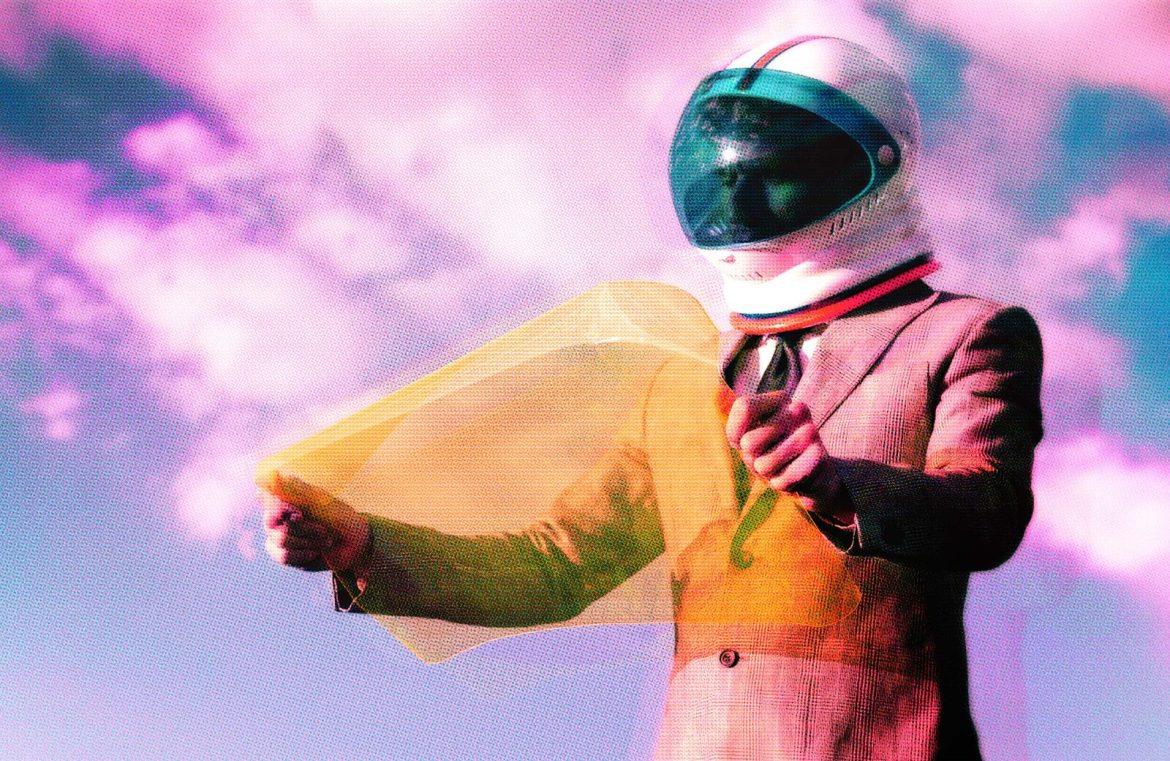Understanding Augmented Reality
Often conflated with its cousin, virtual reality (VR), augmented reality is a distinct tech phenomenon. Since its inception in the early 90s, AR fuses digital elements with the physical world, reacting to real-world dynamics. Unlike VR’s complete immersion into a fictional realm, AR enhances existing reality, introducing a dynamic layer for an enriching experience. The misconception surrounding a holographic Michael Jackson performance, often mislabeled as AR, only reiterates the need for clear differentiation—true AR involves interactions with real-time inputs. Notable AR applications that have permeated public consciousness include Snapchat lenses, the craze of Pokémon Go, and Microsoft’s pioneering HoloLens.
AR: Behind the Scenes
Creating captivating AR experiences demands an appreciation of its underlying technology. By harnessing a device’s sensory array—GPS, camera, compass—alongside specialized software, AR interfaces offer responsive enhancements to our perception of reality. Known as ‘non-command user interfaces,’ they eschew direct user commands, offering an intuitive, dynamic user experience. However, the incorporation of AR into daily life is not omnipresent; it requires the right device, the activation of pertinent software, and a real-world trigger to unlock the augmented world.
AR’s Impact on UX Design
The advent of AR invites a seismic shift in UX design, with the potential to redefine user-device interaction paradigms. UX designers are tasked with envisioning user flows for interfaces that respond with real-world context and imagine scenarios involving immersive, screenless interfaces. As thrilling as these prospects are, they impose complexities on the already multifaceted discipline that spans psychology, research, and software development. UX designers stand at the precipice of innovation and challenge, gearing up for a future rich with AR opportunities.
AR’s UX Opportunities Unveiled
AR is already making waves in how users interact with brands and digital platforms. At first glance, applications like Pokémon GO and Snapchat may appear as trivial uses of AR, but their impact is undeniable—Pokémon GO’s meteoric rise and Snapchat’s substantial valuation upon IPO underscore AR’s remarkable user engagement potential. AR proves to be a UX panacea, enhancing user experiences by merging accessibility with engaging, contextually relevant information. Beyond social media and gaming, advanced applications like Pepsi’s bus shelter campaign or Ikea’s AR app amplify user-brand interaction and drive e-commerce by providing useful and immersive shopping experiences.
Tackling AR’s UX Challenges
With transformative technology like AR come significant design challenges. UX designers will navigate uncharted waters, acquainting themselves with novel terminology, avoiding the pitfalls of informational overkill, and considering the ergonomics of AR-supported devices. The design process must also accommodate an array of physical environments and ensure user safety by mitigating risky distractions. Thorough user research and understanding are crucial for designing meaningful AR experiences that resonate with users.
Best Practices in AR UX Design
Although AR UX design’s playbook is still being written, several best practices are emerging. UX designers must prioritize environmental awareness, device comfort, and the development of non-command interfaces to foster user-friendly augmented experiences. Embracing AR design early on is paramount, with educational and AR toolkit resources readily available for those eager to learn.
AR’s Evolution of User Experience Design: A Conclusion
The synergy of AR and UX design holds the promise of groundbreaking experiences that are engaging, practical, and deeply meaningful. Bridging user expectations with business aspirations relies on the UX designer’s ability to surmount the inherent challenges presented by such an advanced and rapidly evolving technology. Staying informed on AR advancements and maintaining user-centricity are the cornerstones for designers eager to craft the digital experiences of tomorrow.

